In the movie Field of Dreams, actor Kevin Costner hears a voice in his head telling him "If you build it, he will come." The "it" is a baseball diamond in the middle of his corn field; the "he" is his dead father. Onlookers, of course, think he is crazy, which perhaps he is. But at least in the movie the costs to build and maintain the diamond were not paid by the government. If the idea was a bust, it was Costner's character, not taxpayers, footing the bill. And the environmental impacts? Immaterial.
Oil and gas extraction from the Arctic seems to be following the same "build it and they will come" playbook. The scale of this game, however, is very big. It is so big that I'm reminded of the push for massive, heavily subsidized, irrigation projects throughout the US west -- engrossingly documented by Marc Reisner in Cadillac Desert. High risk capital infrastructure is being paid for by the state. Returns are irrelevant so long as the infrastructure paves the way for investment in the region's energy resources. Assume capital costs will eventually be written off and the services from the capital look cheap. Environmental risks? Perhaps the dam model applies here as well: promise you'll be careful when you can't ignore the issue, but ignore it whenever you can.
Arctic activities getting attention; associated subsidies not so much
Documentation of the rush for Arctic oil has been growing for some time. A useful backgrounder on the Russian perspective by Dmitri Trenin and Pavel K. Baev, The Arctic: A View from Moscow, for example, was released by the Carnegie Endowment for Internationa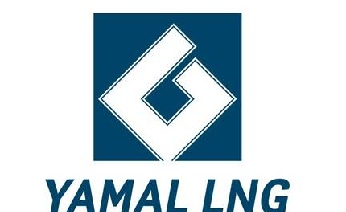 l Peace in 2010. But what is still not getting the attention it deserves is the role of subsidies. It is these government handouts in all their guises that are ultimately making firms invest in a high-cost, high-risk marginal energy resource called the Arctic circle. Arctic oil and gas, after all, competes with easier supplies around the world.
l Peace in 2010. But what is still not getting the attention it deserves is the role of subsidies. It is these government handouts in all their guises that are ultimately making firms invest in a high-cost, high-risk marginal energy resource called the Arctic circle. Arctic oil and gas, after all, competes with easier supplies around the world.
These subsidies are driving the construction of infrastructure that will jump-start and greatly expand Arctic oil and gas development well beyond the levels we would see if market forces alone were driving investment. The pressure to subsidize big is not entirely surprising. There is substantial overlap between energy, geopolitical designs on the region, and an effort to expand access (and perhaps domination) of newly thawing waterways. These are powerful drivers for government intervention regardless of economic cost, particularly in Russia.
But the environmental price is likely to be high. Those of us who worry about all sorts of damage to the pristine Arctic environmental really ought to be banding together to document the subsidies and demonstrate the economic irrationality of the development. If this has started to happen, I've not seen it.
The article below, from the Voice of Russia last month, was forwarded to me by Steve Kretzmann of Oil Change International. It is a useful example of what is going on, though based on past experience my guess is that the article captures but a portion of the many ways the government is providing subsidies to, and shifting risk from, private investors. The article is reposted below with subsidy-related commentary. Bold highlights have been added to flag subsidy coverage within the article; the indented text preceded by asterisks is my own.
Yamal LNG: what isn't being subsidized?
Arctic exploration in practice: Yamal LNG
"Practical development of Arctic mineral deposits, which is about to commence in Russia, is not needed by Russia alone. Oil and gas from that region will be supplied to different markets and will help solve energy deficit in various countries. Take, for instance, the Yamal LNG project - gas from the Russian Arctic can be shipped by tankers to practically any market. Thus, gas from the Russian Arctic will be used in Asia, in Europe or, if necessary, in North America. The Yamal LNG project provides for building a gas liquefaction plant near the Sabetta port in the eastern part of the Yamal Peninsula.
**Liquefaction plants remain among the most expensive natural gas infrastructure, and many were rendered uneconomic with the expansion of fracking technology around the world. Natural gas resources economically accessible with current technology are increasingly widely distributed as fracking continues to expand. This would seem to make production from remote locations and requiring expensive liquefaction technology far less attractive. Yet the Yamal project continues apace. Should key outlet markets begin to decouple natural gas prices from oil (natural gas trades freely in the US, but in Europe and Asia are often linked to oil), project economics -- even with subsidies -- may begin to break down.
"Yuzhno-Tambeisk gas field with proven reserves of nearly 1.256 trillion cubic meters, 40-60 million tons of gas condensate, will serve as the main resource base for the project. It is located in the eastern portion of the Yamal Peninsula not far from the proposed LNG plant construction site. It is expected that the LNG plant’s capacity will be 15 million tons per year, i.e. approximately 4 billion cubic meters of gas. Those figures are comparable to the annual gas consumption in Belgium and Czechia taken together. Or over half the annual gas consumption in South Korea. It is expected that this level of annual production will be maintained for 21 years. LNG shipments are expected to commence in 2016.
Government paying for most of the associated infrastructure
"On October 11, 2010 Russian Prime Minister Vladimir Putin held a conference in Novy Urengoi on the General Scheme for Russian Federation Gas Industry Development Until 2030. That same day Putin signed Directive #1713-r 'On the Plan for Development of Liquefied Natural Gas Production in the Yamal Peninsula' which outlined the main project and government aid parameters. According to the plan there will be three phases of the LNG plant construction. The first phase will run from 2012 till 2016, the second from 2013 till 2017, the third from 2014 till 2018. The plan also provides for government-funded construction of a sea port and an airport in the vicinity of Sabetta. IN addition, the government will meet the costs of gas pipelines and icebreakers construction for the Yamal LNG project and will finance dredging work to build a navigable canal to the Sabetta port through the Ob Guba bay. The relevant costs are estimated at $9 to $10 billion. On the whole, capital investments in the Yamal LNG project were estimated by the Russian government at approximately $27 billion (in 2010 prices, net of environmental and social compensations but taking into account the $8.5 billion allocated for building the tanker fleet).
**The government will fund key related infrastructure, including icebreakers, gas pipelines, a seaport, and an airport. This has been estimated at $9-10 billion of a total estimate of $27 billion. However, a more detailed accounting would be needed to assess the subsidy magnitude and the public share of total costs and risks. Is the government building only icebreakers, or funding special tankers as well? Is there capital support for the liquefaction plant itself or the above-mentioned tanker fleet even if it will be privately owned? Is the sea port and airport part of the project cost per government calculations or considered separate regional development spending? Are the operating costs of the seaport, the airport, and the icrebreaker fleet being subsidized going forward? The norm on these projects is for government support to be understated, and for public costs to rise as project costs miss their original estimates. But the bottom line is that much of the infrastructure needed to make remote natural gas liquefaction economic will be paid for by the Russian government. As shown below, the gas itself is also being subsidized.
Large portion of reserve exempt from Russian minerals and customs taxes, and VAT
"The Yamal LNG project has enjoyed a number of tax benefits. No liquefied gas is subject to Mineral Extraction Tax as long as its accumulated production volume has not reached 250 billion cubic meters provided that the field development period does not exceed 12 years since the commencement of liquefied natural gas production. Nor is MEP imposed on any condensate associated with gas intended for liquefaction. The condensate exemption will remain in force until the volume of produced gas condensate has reached 20 million tons provided that the field development period will not exceed 12 years since the commencement of liquefied natural gas production. Yamal LNG gas and condensate are not subject to customs duty. The project has also been exempt from import duties and VAT on any equipment (accessories and spare parts) that has no analogues in the Russian Federation.
**A big chunk of the resources are being given away free of extraction tax to the extracting firms. The exemptions for natural gas apply to an estimated 20% of the reserve; the exemptions on condensates up to 50% of the reserves. There are also substantial tax breaks on import duties, and VAT on equipment.
Project exempt from provincial taxes and most property taxes; also gets reduced corporate taxes
"Aside from federal benefits Yamal LNG is entitled to exemptions from payments to the Yamal-Nenets Autonomous District budget. The project is exempt from property tax on any real or movable property which is located in Yamal and used for either production or liquefaction of gas and associated condensate. This benefit will remain in force for 12 years since the relevant property is recorded in the books as a fixed asset. The project also enjoys a lower rate of corporate tax to be paid to the Russia budget, 13.5%, until the accumulated volume of produced gas reaches 250 billion cubic meters provided that field development period will not exceed 12 years since the commencement of liquefied natural gas production.
**There are exemptions from provincial and federal taxes. Further, although the property tax exemptions do not last the full life of the project, equipment is normally quickly depreciated for tax purposes. This will mean that out-year property taxes will be much lower than the payments that are being forgiven. The same 20% of gas reserves exempted from the mineral extraction tax will also benefit from reduced corporate taxes.
Gift of large additional reserves at no charge?
"In 2011 Yamal LNG received from the government an additional resource base consisting of 4 development areas: North Ob, East Tambei, Utrenniy (Salmanovsky) and Geophysical. Total gas reserves (С1+С2): 978.6 billion cubic meters, gas resources: 1.76 trillion cubic meters, oil and condensate resources: over 640 million tons. North Ob and East Tambei are offshore areas which makes it harder to develop them, while Utrenniy and Geophysical are located in the Gydan Peninsula. Therefore, Novatek and Gazprom have entered into an agreement under which gas from Utrenniy and Geophysical will be supplied to the Unified Gas Distribution System while Yamal LNG will receive gas from Gazprom’s Tambei group of gas fields: North Tambei, West Tambei and Tasii. Natural gas reserves (ABC1+C2) of those gas fields amount to 1.56 trillion cubic meters.
**The reserves of these additional fields exceed the original ones driving the LNG project. Were these reserves bid out or entirely gifted? Will the production also receive all of the subsidies outlined above? For how long?
Buy-in by Western companies indicates a project value well below the Russian government subsidies
"Major western companies also have faith in the project. Otherwise the French oil and gas giant Total wouldn’t have joined the project by buying a 20.5% stake for $425 million in 2011. The remaining shares are owned by Novatek, a private Russian company. It is expected that in the nearest future the project will be joined by yet another foreign partner, a French company, Edf."
**No doubt part of this "faith" comes from the enormous subsidies to the project and associated infrastructure that remove much of the project risk. Political risk, of course remains -- but the economics likely result in the Western investors earning a return quite early in the facility's production life. This would protect them to some degree from government appropriation. Total and Edf both have close ties with the French government, and may also have negotiated some type of risk shifting or insurance agreement with French government agencies, further reduecing their real capital at risk.
Note that a 20.5% stake in the project for $425 million implies a total project value of only $2.1 billion. This is less than one-quarter the cost to the Russian government of building the ice breaker fleet, and less than one-tenth the total capital investment this article says will be associated with the Yamal development. Clearly, the numbers do not tie out. But the pattern suggests that perhaps the public sector is bearing a far larger share of investment and risk than Total, Novatek, and Edf combined.



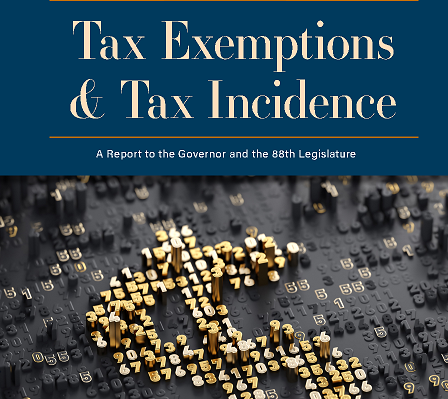

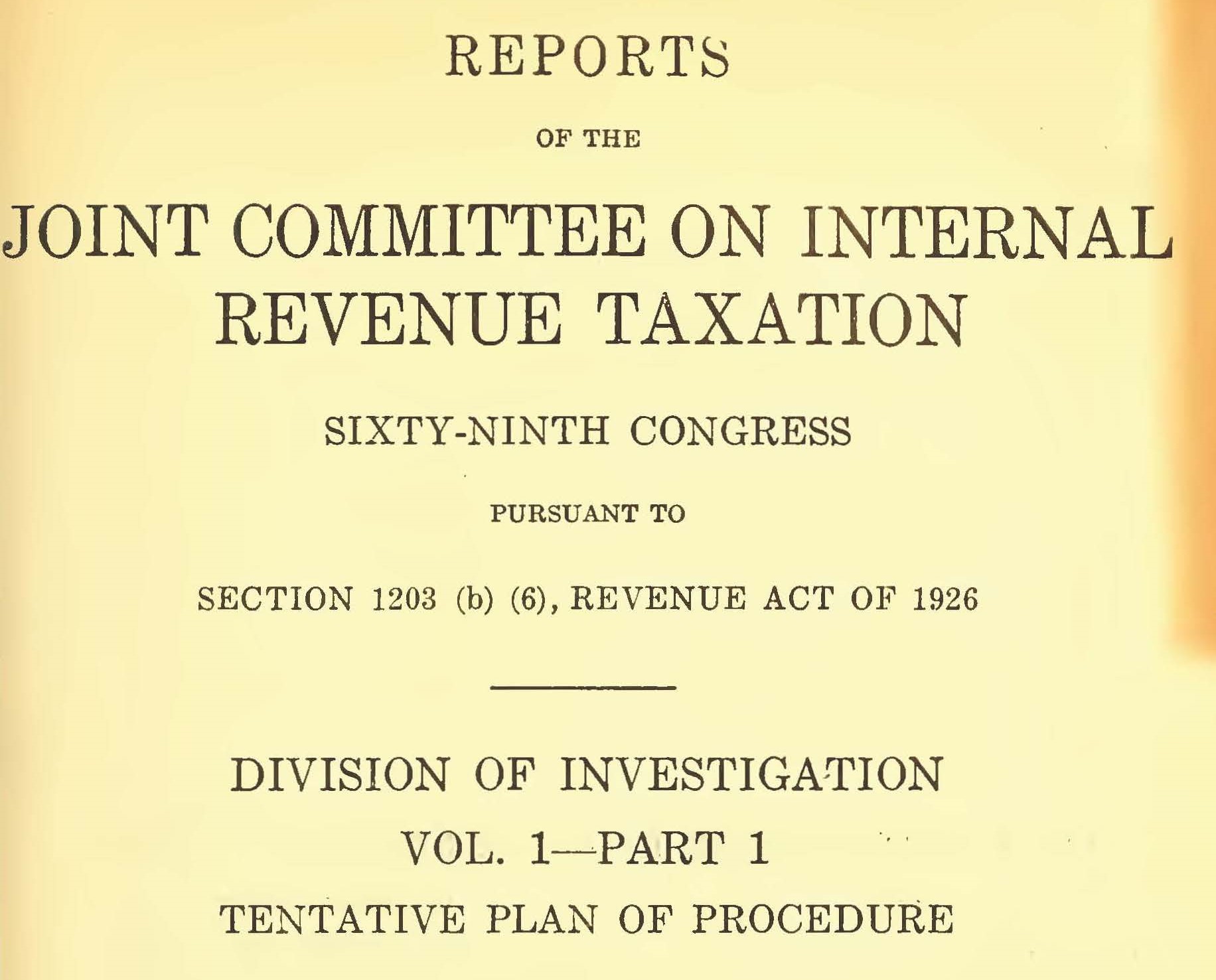
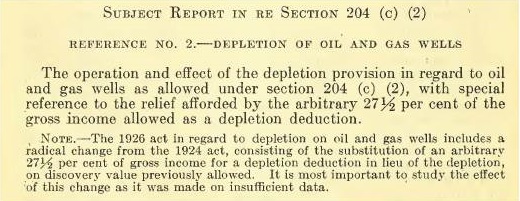
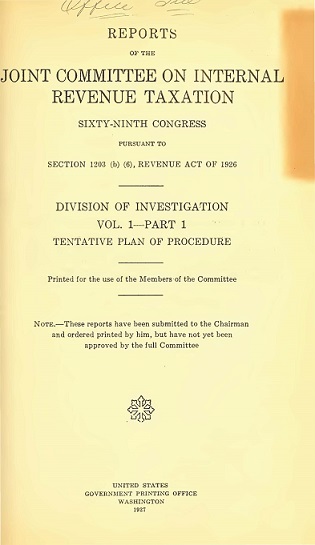

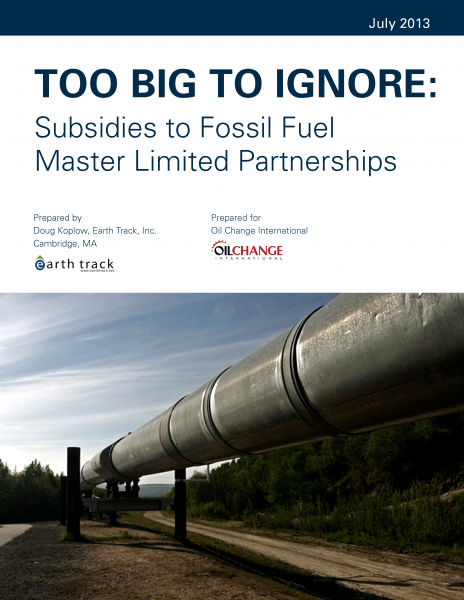

 Even in well-established market segments, there is a large overhang of fossil fuel assets poised to exit the corporate income tax system through conversion to MLPs. Less than 20 percent of total assets in the refiners, exploration and production, oil services, and coal sectors are presently held in a tax-favored MLP format (see Table). Even in the MLP-intensive midstream segment of the oil and gas market, conventional (taxable) corporate forms continue to own more than half of the assets. In all of these sectors, there is a huge pool of assets that multiple investment firms anticipate will convert to MLPs in coming years.
Even in well-established market segments, there is a large overhang of fossil fuel assets poised to exit the corporate income tax system through conversion to MLPs. Less than 20 percent of total assets in the refiners, exploration and production, oil services, and coal sectors are presently held in a tax-favored MLP format (see Table). Even in the MLP-intensive midstream segment of the oil and gas market, conventional (taxable) corporate forms continue to own more than half of the assets. In all of these sectors, there is a huge pool of assets that multiple investment firms anticipate will convert to MLPs in coming years.

 l Peace in 2010. But what is still not getting the attention it deserves is the role of subsidies. It is these government handouts in all their guises that are ultimately making firms invest in a high-cost, high-risk marginal energy resource called the Arctic circle. Arctic oil and gas, after all, competes with easier supplies around the world.
l Peace in 2010. But what is still not getting the attention it deserves is the role of subsidies. It is these government handouts in all their guises that are ultimately making firms invest in a high-cost, high-risk marginal energy resource called the Arctic circle. Arctic oil and gas, after all, competes with easier supplies around the world.